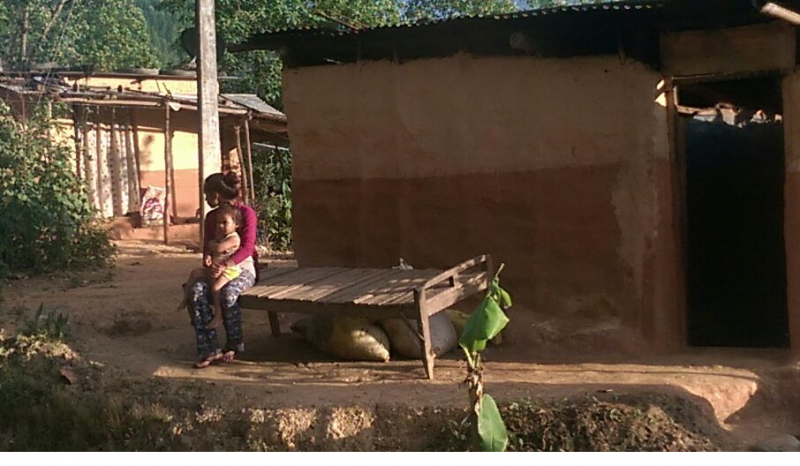Slum children face high risk of diarrhoea in Nepal

Diarrhoea is one of the leading causes of child mortality in developing countries. Two million children die of diarrhoea in the world every year. Research published recently in the Journal of Lumbini Medical College has found that children living in the slums of Nepal's small hill towns are at significant risk of diarrhoea.
The research article, titled Risk Factors of Diarrhoea in Children Under Five Years in Urban Slums: An Epidemiological Study, revealed that, of the 450 children under five years of age living in the slums of the Tansen municipality in the Palpa district (250 kilometres west of Nepal's capital Kathmandu) 40% were found to have suffered from diarrhoea in the previous three months.
The research found that the risk of diarrhoea was much less for children who had been exclusively breast-fed for six months, says lead author, Dr Balakrishna Kalakheti, Associate Professor at Department of Paediatrics at Lumbini Medical College Teaching Hospital, Palpa, Nepal.Of the 181 children who had diarrhoea, 174 had not been breast-fed exclusively for more than six months while only seven had been breast-fed exclusively.
Nutrition, the source and treatment of drinking water, hand washing practice and family income were other variables related to diarrhoea in the slums. Interestingly, the research found that children drinking natural-source spring water had a lower risk of diarrhoea than children drinking water from a Government-supplied source.
According to Dr Kalakheti, nutrition had a strong impact on vulnerability to diarrhoea. "At present, the children are trapped in a cycle of malnutrition and diarrhoea," he explains. "Children in the slums suffer from malnutrition. When they suffer from malnutrition their immunity reduces and they become prone to diarrhoea. When they suffer from diarrhoea, food absorption is affected and they cannot absorb nutrition well."
Dr Kalakheti says that the focus should be shifted from a curative approach to a preventive approach to address this problem and more awareness-raising programmes should be organized to inform the mothers about the importance of nutrition and sanitation. "Ironically, because the mothers have to go for work, they cannot spare time to learn more about causes of diarrhoea and methods to reduce it," he says.
More information: Balakrishna Kalakheti et al. Risk Factors of Diarrhea in Children Under Five Years in Urban Slums, Journal of Lumbini Medical College (2016). DOI: 10.22502/jlmc.v4i2.99













